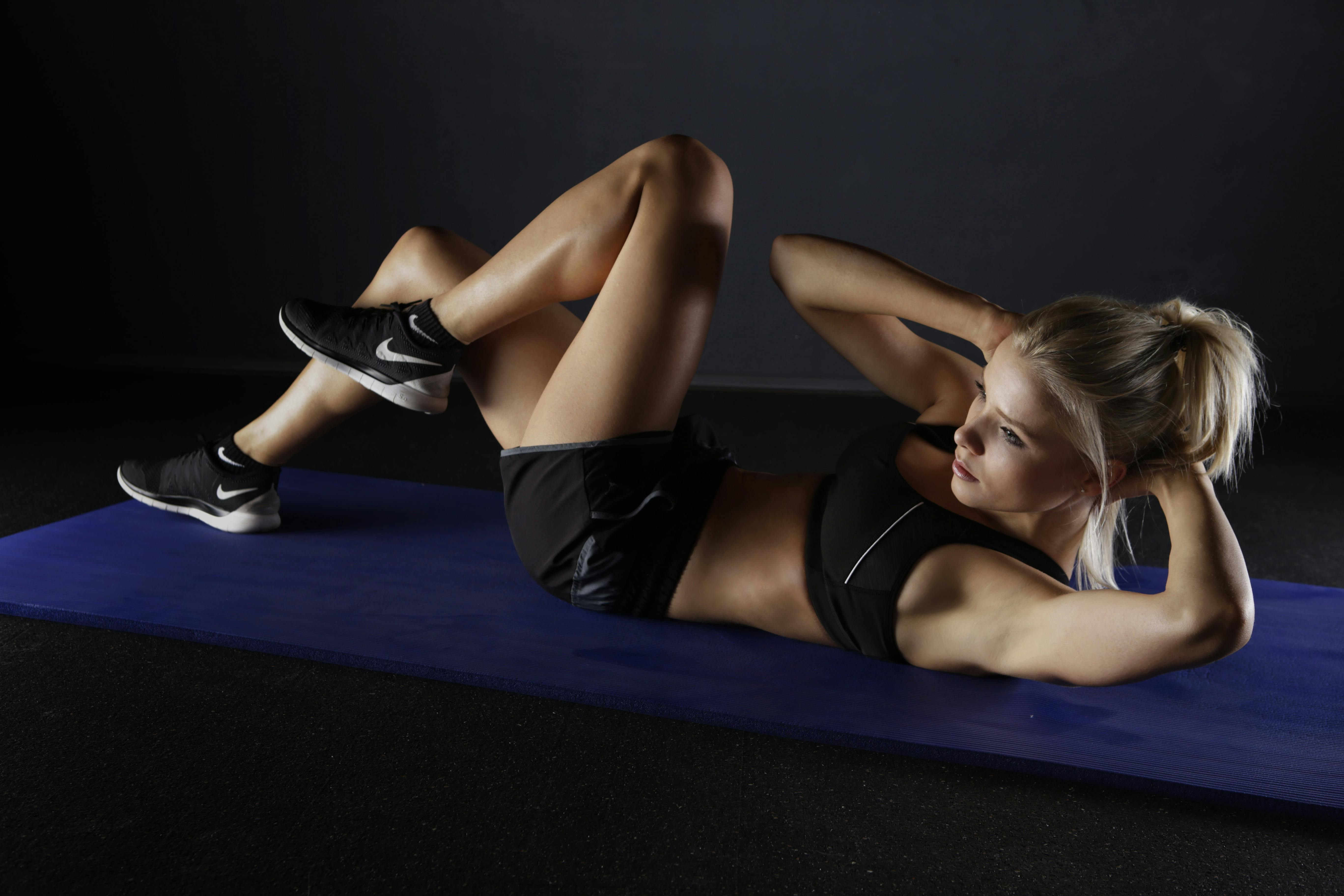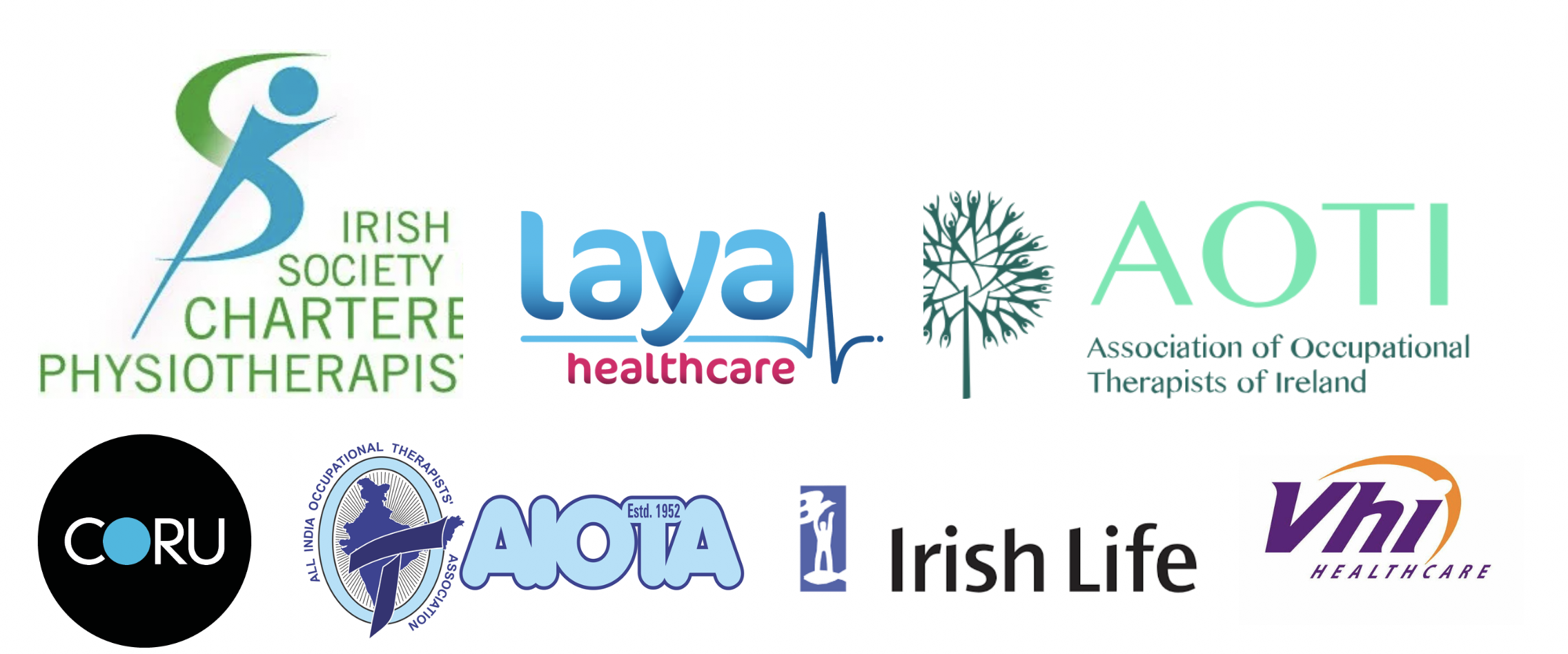
At Spot
BILATERAL TRAINING / COORDINATION ACTIVITIES
To support development of bilateral coordination skills integrate several areas of development:
Visual motor
Core strength and stability
Attention and focus
Sensory processing: vestibular, proprioceptive, and visual sensory systems
Balance and coordination
Body awareness
Development of a dominant side of the body
Each of the areas listed above are both needed for participation in tasks requiring bilateral skills and developed, or strengthened through participation.
When bilateral coordination or bilateral integration is intact and progressing appropriately, it is an indicator that both sides of the brain are communicating effectively and sharing information during functional tasks.
TYPES OF BILATERAL COORDINATION:
There are three different types of bilateral coordination. Let’s break these down.
Symmetrical movements
Both hands do the same thing at the same time. An example of this would be pulling up pants or socks. Other activities that can work on this skill include:
Holding a squeeze bottle with both hands at the midline to paint.
Jumping rope
Jumping Jacks
Catching a ball with two hands
Holding onto a swing as it moves back and forth
Holding onto a rope in tug of war
Pushing oneself against an object to propel oneself forward or backward against a stable object
Pushing oneself forward or backward against an unstable object
Alternating Movements
Using the two extremities in alternating motions. You will see alternating bilateral coordination with swimming or climbing a ladder. Activities to work on this skill include:
Riding a bike
Marching
Holding onto a swing, slide, or other object while using the other hand to move and manipulate toys or objects
Alternating movements with the arms or legs
Dominant hand/Non-dominant hand
Using one hand to perform a task while the other assists is needed for many fine motor skills. This type of bilateral coordination is needed for writing, and cutting with scissors. Activities to work on this skill include:
Threading
Lacing cards
Coloring
Writing
Tying shoes
Our OTs will work on bilateral coordination goals in occupational therapy with a focus on function. This means that a daily functional task like getting dressed requires bilateral coordination in order to pull up ones pants and put on a shirt.
OTs and OTAs don’t just have a goal for bilateral coordination because their client or patient can’t put on their clothing. They focus the goal around getting dressed with a focus on bilateral coordination skills which are used in the task.
